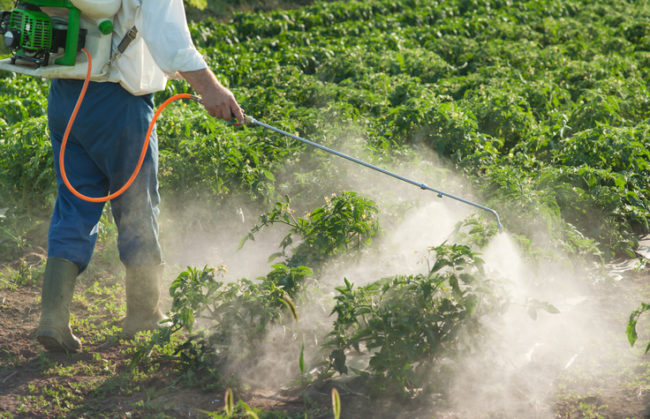On August 9, 2018, the Ninth Circuit ordered that the EPA ban a widely used pesticide called chlorpyrifos within 60 days. The court found that EPA had failed to determine that chlorpyrifos was safe. The decision marked the end – albeit perhaps only temporarily – to a decade-long battle between the pesticide and agriculture industry on one side and environmental and public health groups on the other.
By way of background, EPA, under the Federal Food, Drug, and Cosmetic Act (FFDCA) and Federal Insecticide, Fungicide, and Rodenticide Act (FIFRA), regulates the use of pesticides on foods. In particular, the agency has the authority to establish tolerances, i.e., limited allowances, for the use of pesticides on foods. This authority is subject to safety standards. A pesticide is “safe” to use if EPA has determined that there is “reasonable certainty” that no harm will result from aggregate exposure to the pesticide’s chemical residue.
Chlorpyrifos is used on more than 50 fruit, nut, cereal, and vegetable crops, including apples, almonds, oranges, and broccoli. In 2016, over 640,000 acres of agricultural land in California alone was treated with chlorpyrifos. Chlorpyrifos is banned for household use as an insecticide, but its use to combat insects on farms has continued. The pesticide has been associated with developmental effects in children, especially among farmworker families. The effects include lower birth weight and reduced I.Q. In addition, farmworkers have reported other health consequences such as loss of working memory.
The Ninth Circuit’s decision was based on its analysis of an EPA Order from March 2017. That Order had rejected a petition by environmental and public health groups (Petitioners) who had requested that EPA revoke tolerances for chlorpyrifos. EPA denied their petition on the grounds that “significant uncertainty” existed on the health effects of using chlorpyrifos. Petitioners took issue with this finding before the Ninth Circuit. They argued that EPA’s findings were at odds with the standard of safety established under the FFDCA and FIFRA, which require that EPA can only leave pesticide tolerances in place if there is “reasonable certainty” that no harm will result from aggregate exposure. Petitioners argued that “significant uncertainty” regarding chlorpyrifos’ health effects did not justify leaving tolerances in place.
In response to Petitioners’ challenge, EPA did not defend the safety of its chlorpyrifos tolerances. Rather, it argued that Petitioners had failed to exhaust all administrative remedies prior to petitioning the court for review. The court disagreed with EPA. Further, the court found that EPA has itself questioned whether its chlorpyrifos tolerances were safe. As a result, the court held that there was “no justification for the EPA’s decision in its 2017 Order to maintain a tolerance for chlorpyrifos in the face of scientific evidence that its residue on food causes neurodevelopmental damage to children.”
The industry has disrputed the purported health effects, claiming that if used properly, chlorpyrifos does not pose a health threat to farmworkers, their families, or consumers who eat the fruits and vegetables on which the pesticide is used. The industry also claims that regulatory bodies in 79 countries have continued to approve the use of chlorpyrifos.
At this point, EPA may choose to comply with the Ninth Circuit’s decision. Or, it may ask the Ninth Circuit to reconsider its ruling or directly appeal to the U.S. Supreme court. It may also seek a delay in banning chlorpyrifos.
Regardless, the Ninth Circuit’s decision may lead to an increase in lawsuits alleging personal injury from exposure to chlorpyrifos. In such lawsuits, it will be problematic for plaintiffs to argue that the industry breached the standard of care since the industry has been following the chlorpyrifos tolerances established by EPA itself. Proving exposure and causation will also present legal and scientific hurdles. We will continue to monitor developments in this area and report back.

